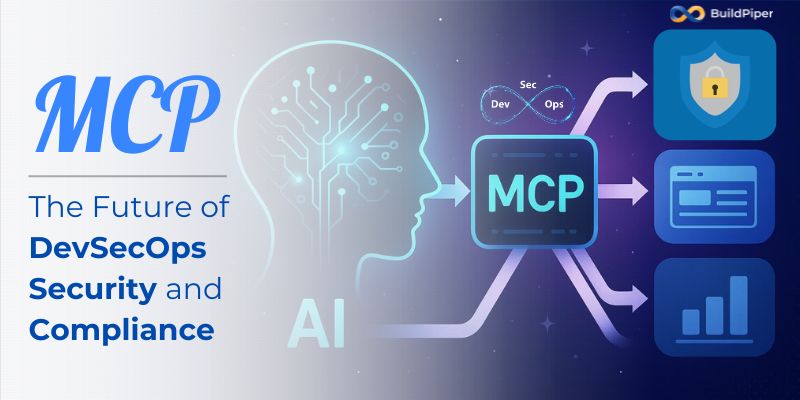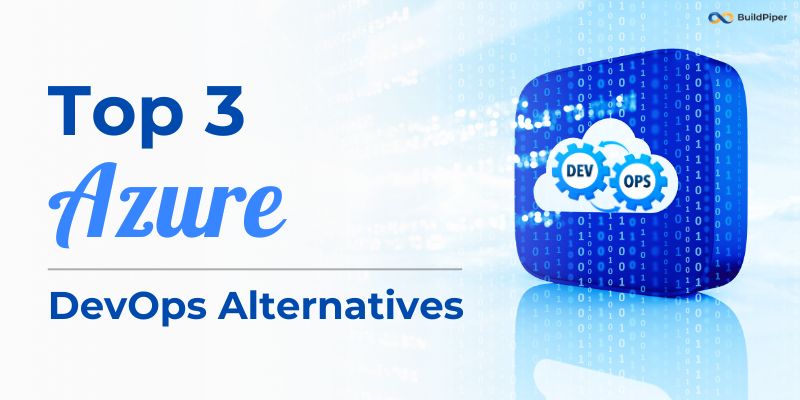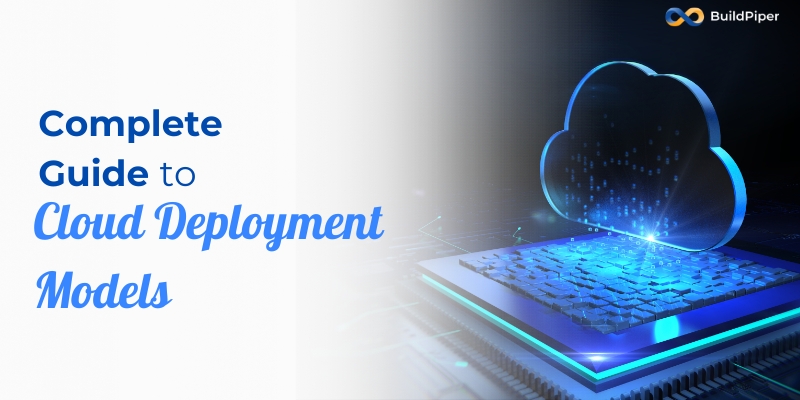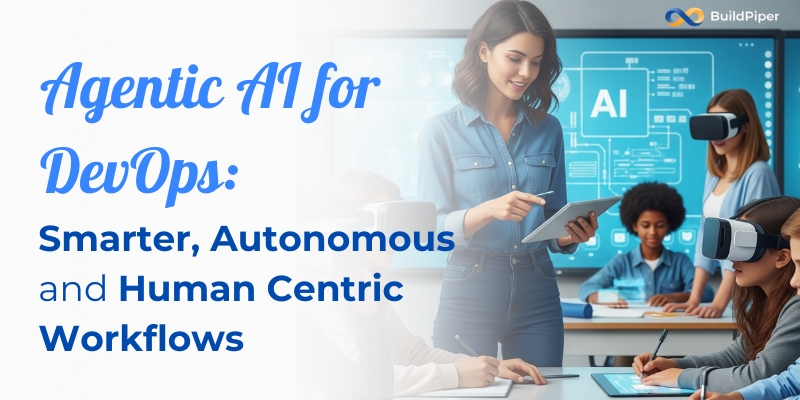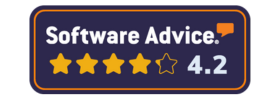If there’s one constant in modern software delivery, it’s the pressure to move faster without breaking things, especially when “things” include regulatory requirements, customer trust, and sensitive data. DevSecOps has emerged as the operating model to meet that challenge, embedding security into every stage of the pipeline. However, as cloud-native architectures become increasingly complex and the threat orbit continues to evolve, even the most mature teams are reaching their limits.
Enter the Model Context Protocol, or MCP. It’s not just another piece of tooling. It’s a standard that can fundamentally change how security and compliance are handled in DevSecOps environments. Think of it as a universal language for your AI agents, security scanners, and compliance checks built to reduce friction and increase automation across the board.
The Core Problem
Right now, most DevSecOps teams operate in an environment where tools don’t speak the same language. Your vulnerability scanner has one API, your compliance-as-code framework another, your cloud security posture tool yet another. Integrations are possible but rarely elegant, and every new component comes with its learning curve.
This fragmentation leads to three big pain points:
- Slower response to threats because data has to be normalized or manually interpreted.
- Gaps in compliance coverage due to missed handoffs between systems.
- High integration overhead when adding new tools or updating pipelines.
Even with good automation, the underlying complexity often results in a fragile security posture.
What MCP Brings to the Table
The Model Context Protocol aims to standardize how AI systems, developer tools, and operational pipelines exchange context. While it has obvious applications for AI integration, its impact on DevSecOps security & compliance is particularly compelling.
Here’s why:
- Consistent Data Exchange
MCP provides a structured way for tools to communicate about code changes, infrastructure states, vulnerabilities, and compliance findings. This consistency means you can chain together systems without brittle, custom connectors.
- Context-Aware Automation
Traditional security automation tends to be event-driven but not context-rich. With MCP, every alert or scan result can be accompanied by deep context on what changed, who changed it, and how it fits into the broader environment. This enables smarter triage and faster remediation.
- Interoperability Across Vendors
By defining a shared protocol, MCP reduces vendor lock-in. A new cloud-native security automation tool that speaks MCP can plug into your pipeline without a three-week integration project.
How MCP Improves DevSecOps Compliance
Compliance is not just about ticking boxes. For decision-makers, it’s about ensuring the organization can prove, at any moment, that it’s meeting the relevant standards, whether that’s SOC 2, ISO 27001, HIPAA, or sector-specific regulations.
MCP can make this easier in three key ways:
- Automated Evidence Collection
Instead of manually gathering proof for audits, MCP-enabled tools can automatically store and exchange compliance evidence in a consistent format. This shrinks audit prep from weeks to hours
- Real-Time Compliance Drift Detection
By feeding standardized context into compliance-as-code systems, MCP enables near-instant detection when configurations drift from approved baselines.
- Audit-Ready Traceability
Because context travels with every security or compliance event, you get a verifiable chain of evidence from code commit to deployment.
For teams under constant regulatory scrutiny, that’s a significant risk reduction.
[ Also Read: Model Context Protocol: Bridging LLMs and Real-World Use]
Why This Matters for Cloud-Native Security Automation
Cloud-native environments are dynamic by design. Infrastructure can change dozens or hundreds of times a day. Traditional compliance processes are ill-suited to this pace, and even automated solutions can struggle without a unified view of context.
An MCP Server can act as the broker in this ecosystem, ensuring every change, whether triggered by a developer commit, a CI/CD job, or a runtime policy update, is understood in the same terms across your security stack. This allows for:
- Proactive enforcement of security controls before non-compliant changes hit production.
- Seamless coordination between runtime protection tools and pre-deployment checks.
- Scalable onboarding of new microservices without rewriting your automation logic.
In short, it turns cloud-native security automation from a patchwork of scripts and API calls into a more cohesive, adaptable system.
Practical Example: Vulnerability Management
Let’s take a common scenario. Your container image scanner flags a high-severity CVE in a base image. Without MCP, here’s what happens:
- The scanner reports the issue in its own JSON format.
- A custom script transforms this into the format your ticketing system understands.
- The ticket is created, but without much context, no link to the deployment, no info on who owns the service, and no record of recent changes.
- An engineer has to dig through logs and repos to understand the impact before fixing it.
With MCP in place:
- The scanner sends the finding, along with full contextual data, via MCP.
- The ticketing system receives it with all relevant details: service owner, deployment ID, related commits, and even links to compliance requirements affected.
- The assignee can act immediately, and the fix is automatically logged as evidence for the next compliance audit.
That’s not just faster, it’s operationally safer.
Adoption Considerations
Like any standard, MCP’s value depends on adoption. Here’s what leaders should keep in mind:
- Vendor Support: Before committing, check whether your key security and compliance tools are moving toward MCP support or can be extended to do so.
- Change Management: Shifting to a protocol-based approach might require rethinking how your pipelines are designed, but the payoff in reduced complexity is significant.
- Security of the Protocol: Ensure your MCP Server is deployed with strong authentication and encryption, as it will handle sensitive operational data.
The Strategic Upside
From a leadership perspective, the real game-changer is not just operational efficiency. It’s the strategic shift toward future-proofing your security and compliance architecture.
With MCP as a foundation:
- You can integrate new AI-driven security tools without starting from scratch.
- Compliance programs can evolve alongside regulatory changes without massive re-engineering.
- You can demonstrate to boards, auditors, and customers that your DevSecOps function is both agile and rigorously controlled.
This is the kind of capability that supports IPO readiness, strengthens market trust, and enables faster go-to-market cycles without increasing risk.
Final Thoughts
Model Context Protocol is not a silver bullet, but it addresses one of the most persistent structural issues in DevSecOps: the lack of a common language for security and compliance automation. For organizations operating at scale, especially in cloud-native, multi-team, multi-tool environments, it can transform how quickly and confidently you respond to both threats and regulatory demands.
Decision-makers who adopt MCP early will find themselves with a security posture that’s not only stronger today but ready to adapt to whatever tomorrow brings.
Bringing MCP to Life with BuildPiper
The BuildPiper MCP Server is a lightweight, in-environment service built on the Model Context Protocol. It bridges AI agents and your platform engineering stack, enabling secure, structured access to pipelines, logs, artifacts, and environments, turning AI from a passive observer into an active, informed participant in delivery workflows.

